Ravens are large birds with glossy black feathers and loud, harsh calls. Their mischievous nature is why many cultures consider them tricksters.
Ravens are incredibly intelligent creatures. Harboring an affinity for shiny objects, ravens aren’t that different from you or me. They are even said to be able to remember individual human faces for an extended period. Their obsidian wings carry them as unsung messengers of ill omens, usually used as a foreshadowing device. While most ravens are scavengers, their powerful talons and sharp beaks allow them to kill when the need arises.
Perhaps the most well-known example of the symbolism attached to such birds is Edgar Allan Poe’s poem, “The Raven,” which is the tale of a man who has lost his lover and is tormented endlessly by the cries of the bird that echo his grief and sorrow. Poe claimed to want a “non-reasoning” creature apt to speak and that it is meant to symbolize “Mournful and Never-ending Remembrance.”
The raven’s reception of the phrase “Nevermore” in the poem is meant to rhyme with and simultaneously mock the death of the man’s lover, Lenore. At no point in the future would she ever be able to return to his side for the raven, an endless proprietor of despair, says so. Never again, never thereafter. The theme of death has since been amplified by the presence of ravens in various forms of literature.



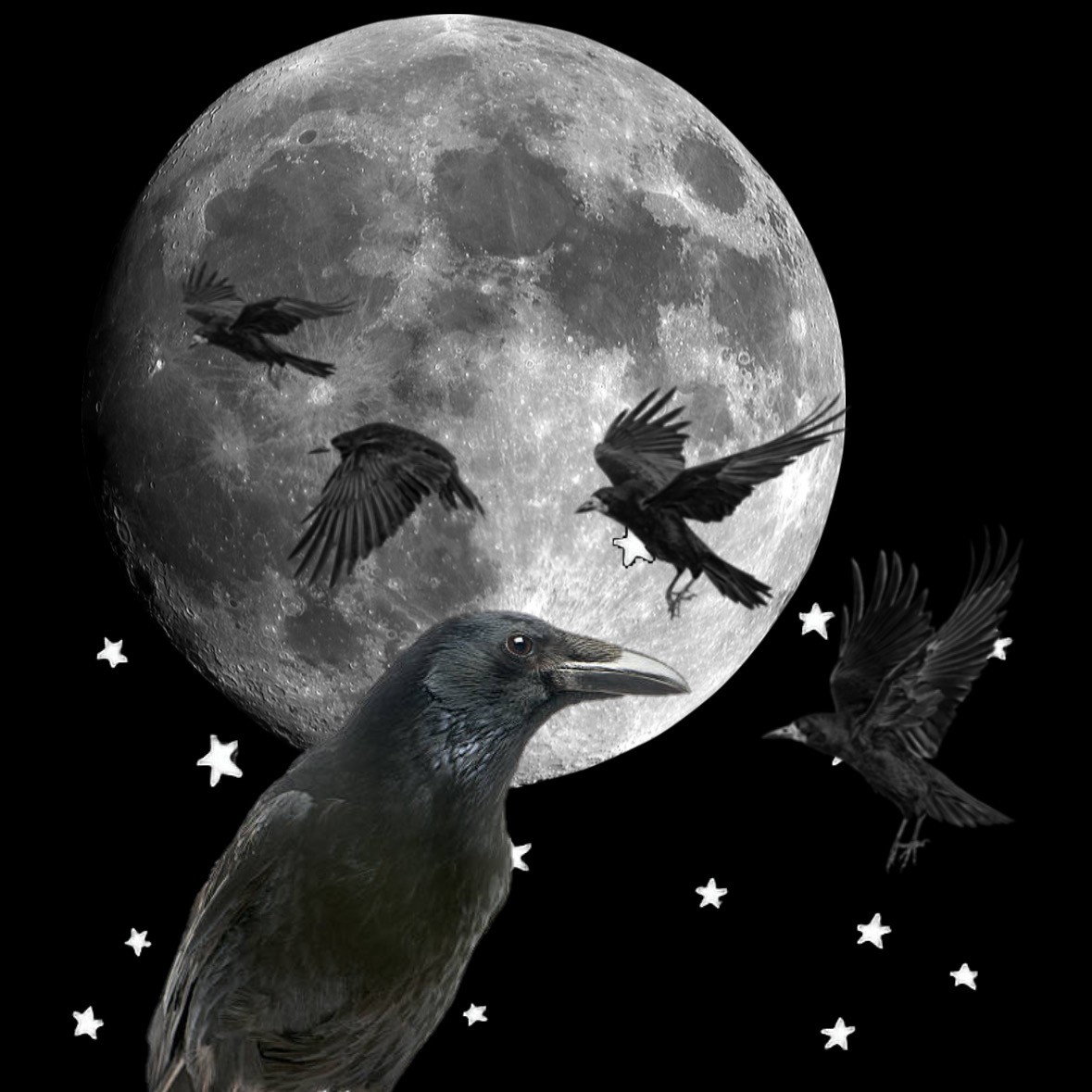
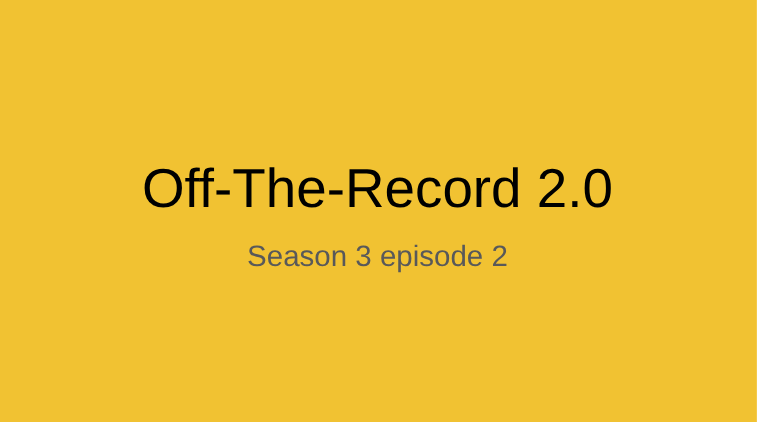
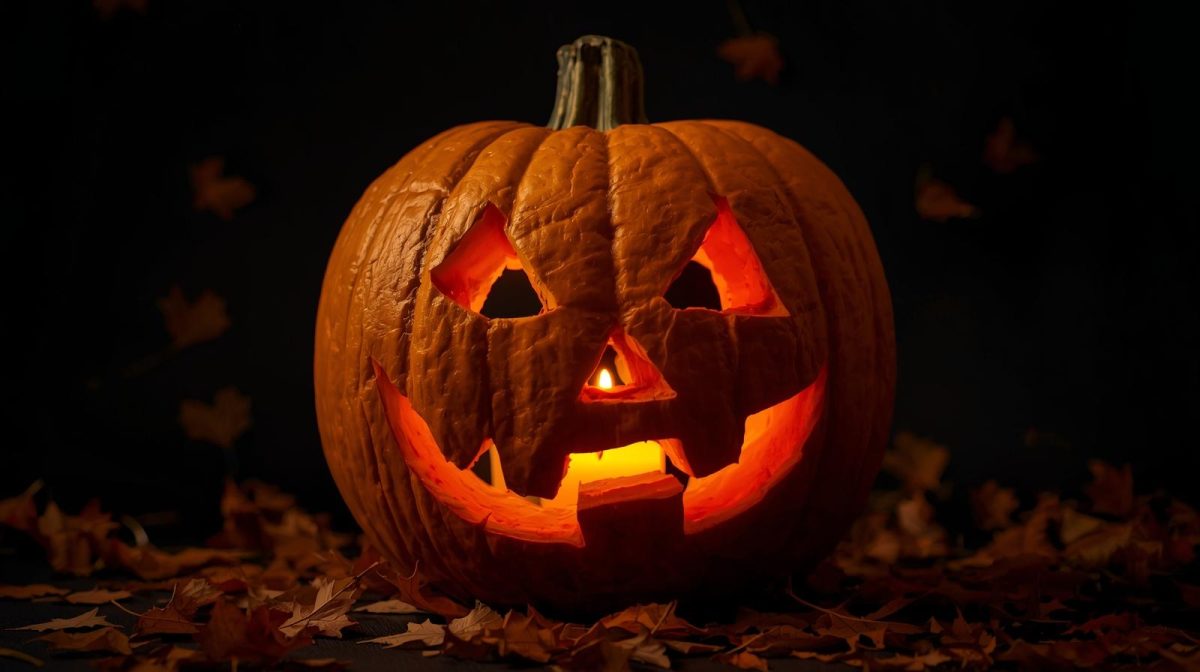
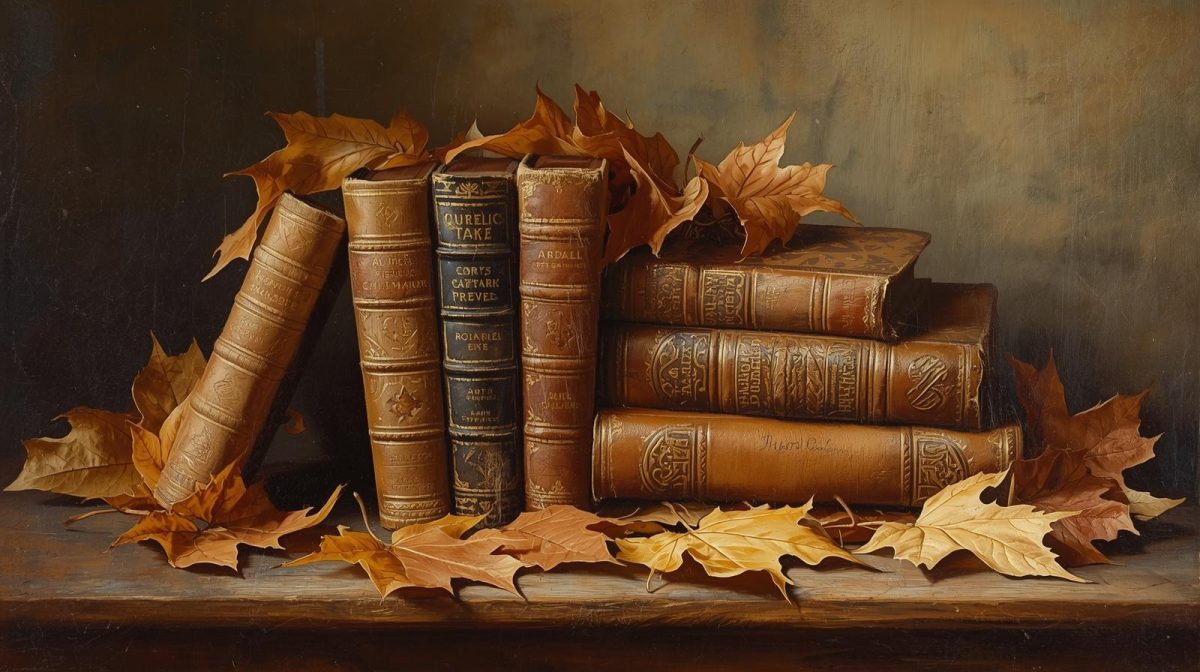
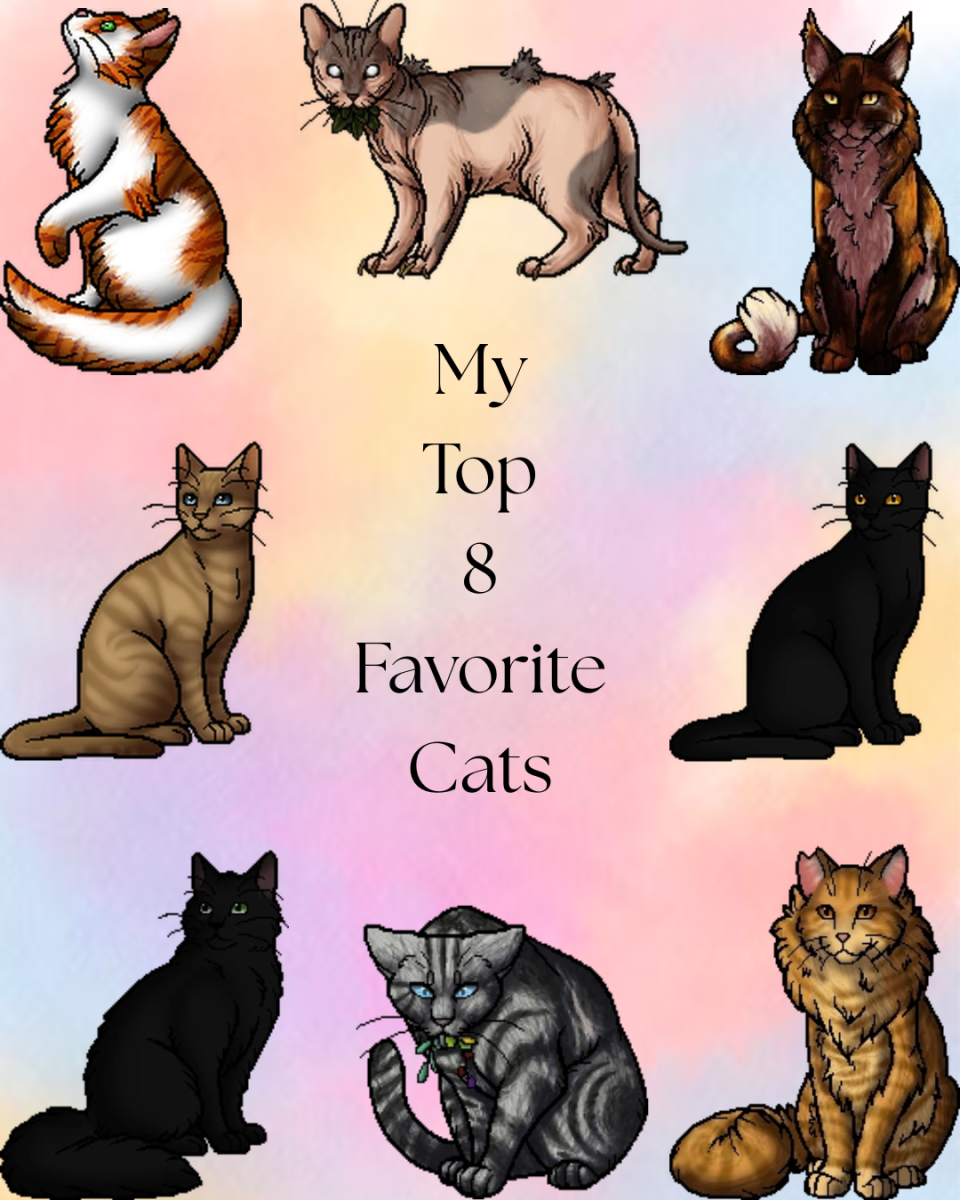
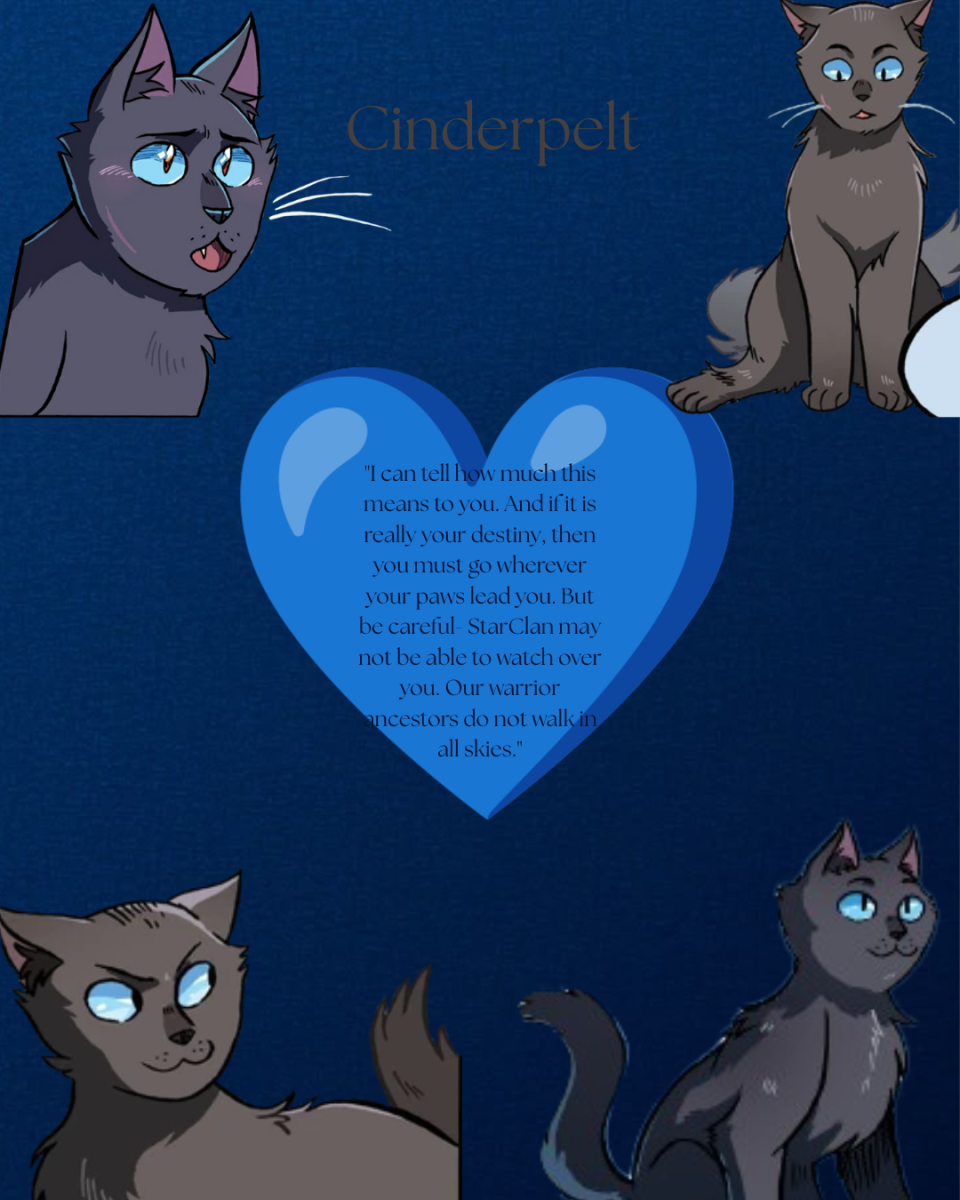
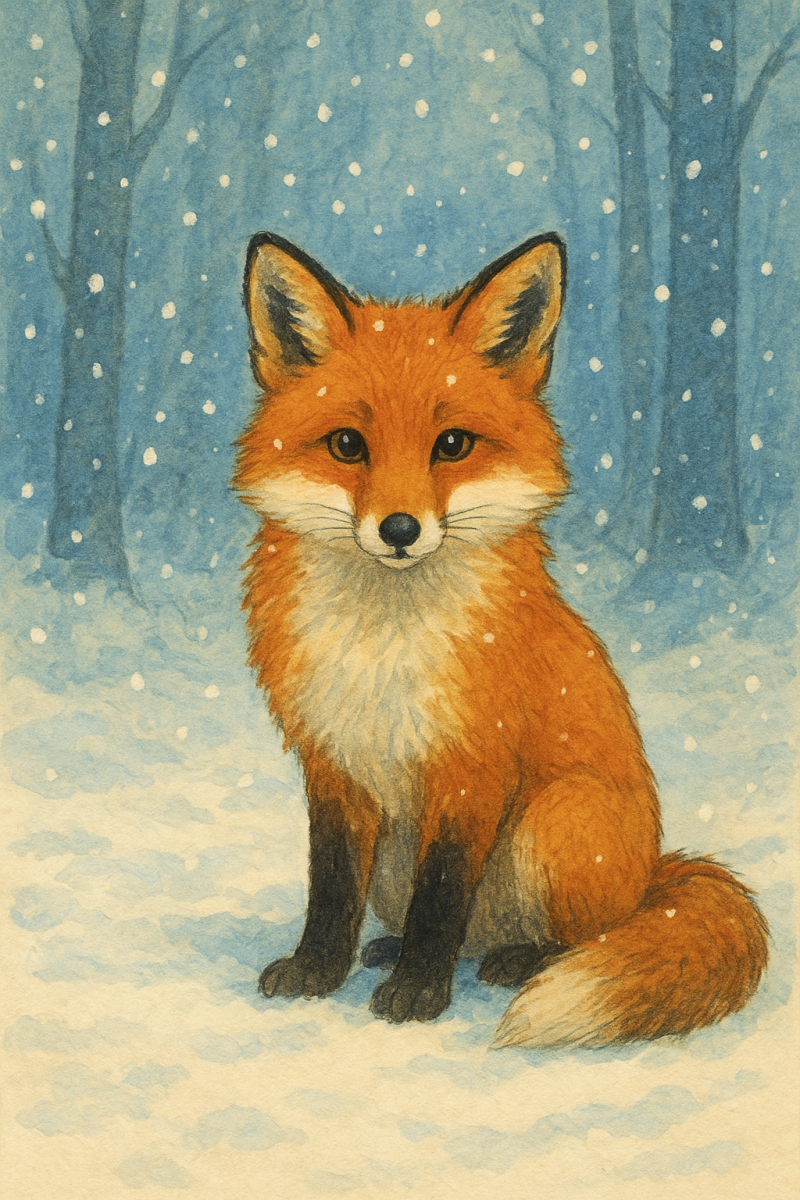

Slavik • Sep 30, 2025 at 10:38 am
This is the best article on the symbolism of ravens I have ever read, never stop writing you are awesome.